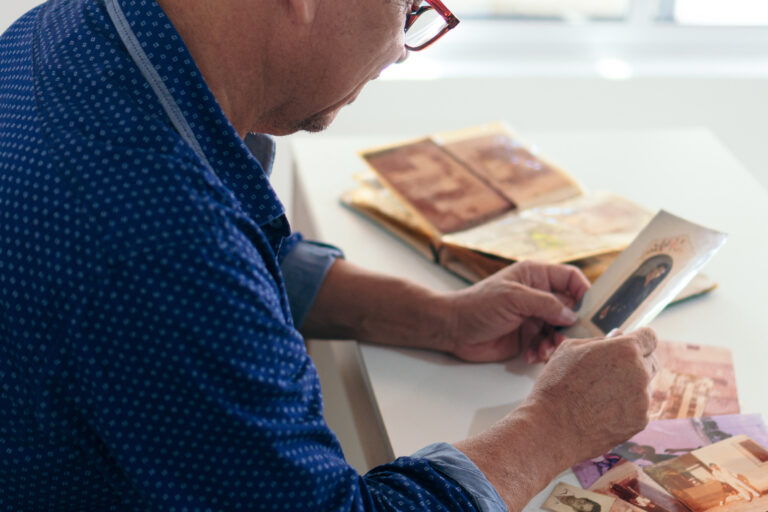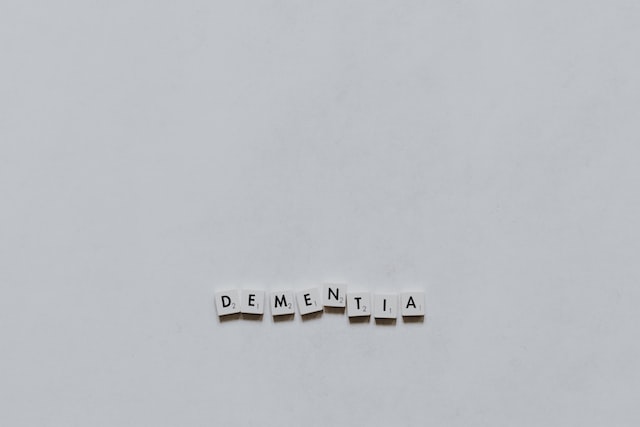Swollen ankles can indeed be a sign of poor circulation, particularly when the swelling is related to the accumulation of fluid caused by impaired blood flow in the lower legs. This swelling, medically known as edema, often occurs when blood does not circulate properly through the veins and arteries, leading to fluid leaking into surrounding tissues and causing puffiness or tightness in the skin around the ankles[1].
Poor circulation in the legs can arise from several vascular conditions. One common cause is chronic venous insufficiency, where the valves in the leg veins fail to function properly. Normally, these valves prevent blood from flowing backward as it returns to the heart. When they weaken or become damaged, blood pools in the veins, increasing pressure and forcing fluid into the tissues, which results in swelling[2]. This condition is often accompanied by varicose veins and can cause the skin to stretch or change texture.
Another vascular cause is peripheral artery disease (PAD), which involves narrowing of the arteries supplying blood to the legs. PAD reduces oxygen-rich blood flow to the tissues, which can cause symptoms such as leg cramps, numbness, cold feet, and slow-healing sores. While PAD primarily causes pain and numbness, it can also contribute to swelling if the circulation is severely compromised[3][4].
Swollen ankles related to poor circulation may also be linked to heart conditions such as right-sided congestive heart failure. In this case, the heart is unable to pump blood efficiently, causing blood to back up in the veins and fluid to accumulate in the lower extremities, a condition known as cardiac edema. This swelling is often accompanied by other symptoms like shortness of breath and weight gain[2].
It is important to note that swelling in the ankles can have multiple causes beyond poor circulation, including lymphatic system problems (lymphedema), kidney issues, or thyroid imbalances. However, when swelling is persistent, worsens with standing or walking, or is accompanied by pain, redness, or skin changes, poor circulation is a likely contributor and should be evaluated by a healthcare professional[1][2][6].
To address swollen ankles caused by poor circulation, several strategies can be helpful:
– Regular physical activity, especially aerobic exercises like walking, can stimulate blood flow and strengthen leg muscles, which assist in pumping blood back to the heart[1].
– Leg exercises such as calf raises can reduce muscle cramps and improve circulation, particularly if done before bedtime[1].
– Elevating the legs when resting helps reduce swelling by encouraging fluid to flow away from the lower limbs[2].
– Compression stockings are often recommended to support vein function and prevent blood pooling, thereby reducing swelling[5].
– Medical evaluation may include tests like the ankle-brachial index (ABI), ultrasound, or other vascular studies to assess blood flow and identify underlying conditions[1][5].
Ignoring swollen ankles related to poor circulation can lead to complications such as skin ulcers, infections like cellulitis, or deep vein thrombosis (DVT), a serious condition involving blood clots in deep veins[2][4]. Therefore, timely diagnosis and management are crucial.
In summary, swollen ankles can be a clear sign of poor circulation, often due to venous insufficiency, arterial disease, or heart failure. Recognizing accompanying symptoms such as skin changes, pain, numbness, or color changes can help identify the underlying vascular issues. Lifestyle modifications, supportive therapies, and medical interventions play key roles in managing this condition and preventing further complications.
Sources:
[1] Times of India, 3 signs in legs that may indicate poor blood circulation
[2] Legs Matter, Causes & Treatment – Lymphoedema / Oedema of Legs & Feet
[3] Achilles Foot and Ankle, 12 Reasons for Foot Numbness and When to See a Podiatrist
[4] Vascular Surgery Blog, Help! My Legs Hurt at the End of the Day
[5] Illinois Foot & Ankle, Swollen Feet? Here’s What Could Be Behind It
[6] Economic Times, 6 Subtle leg symptoms you should NEVER ignore





